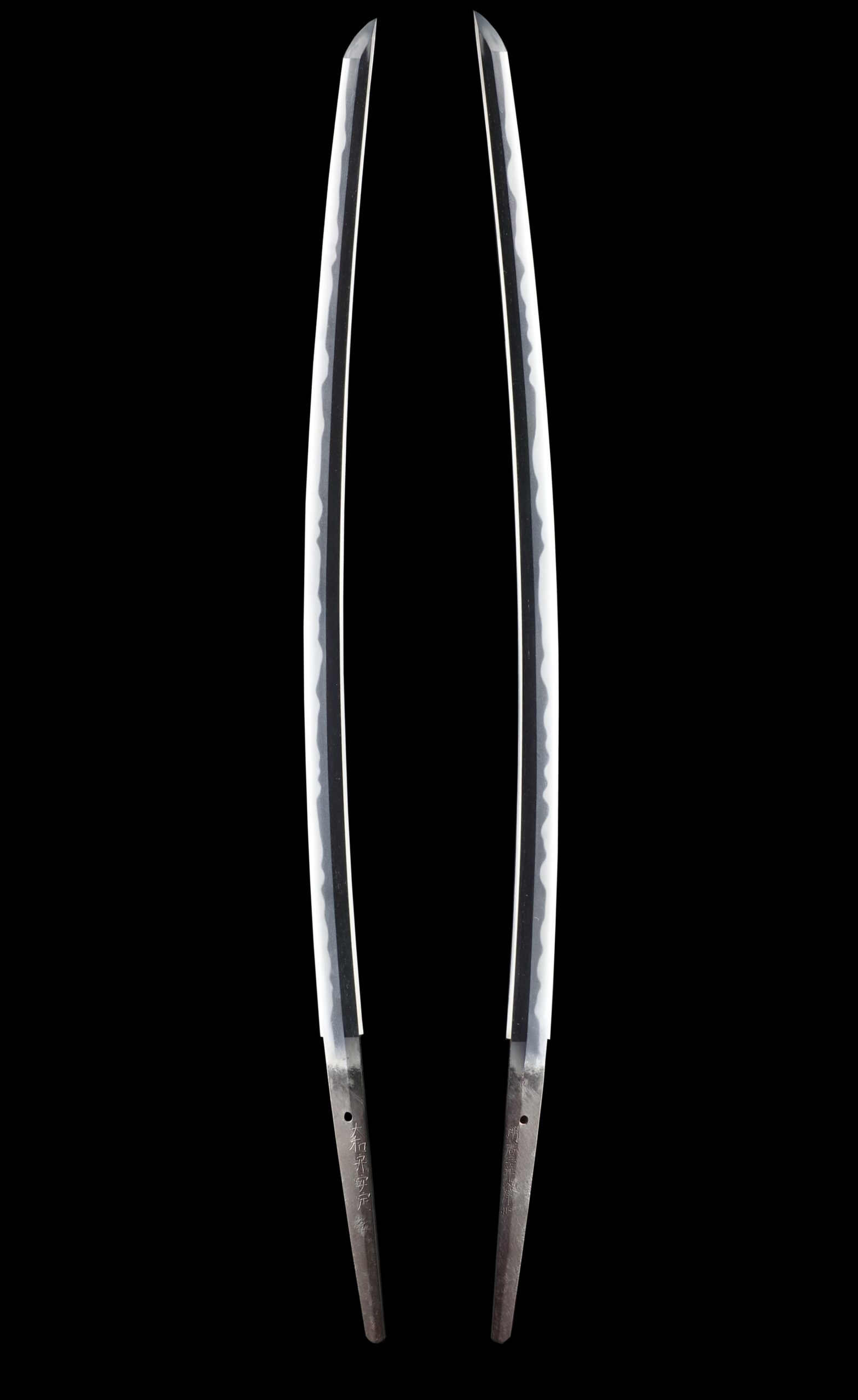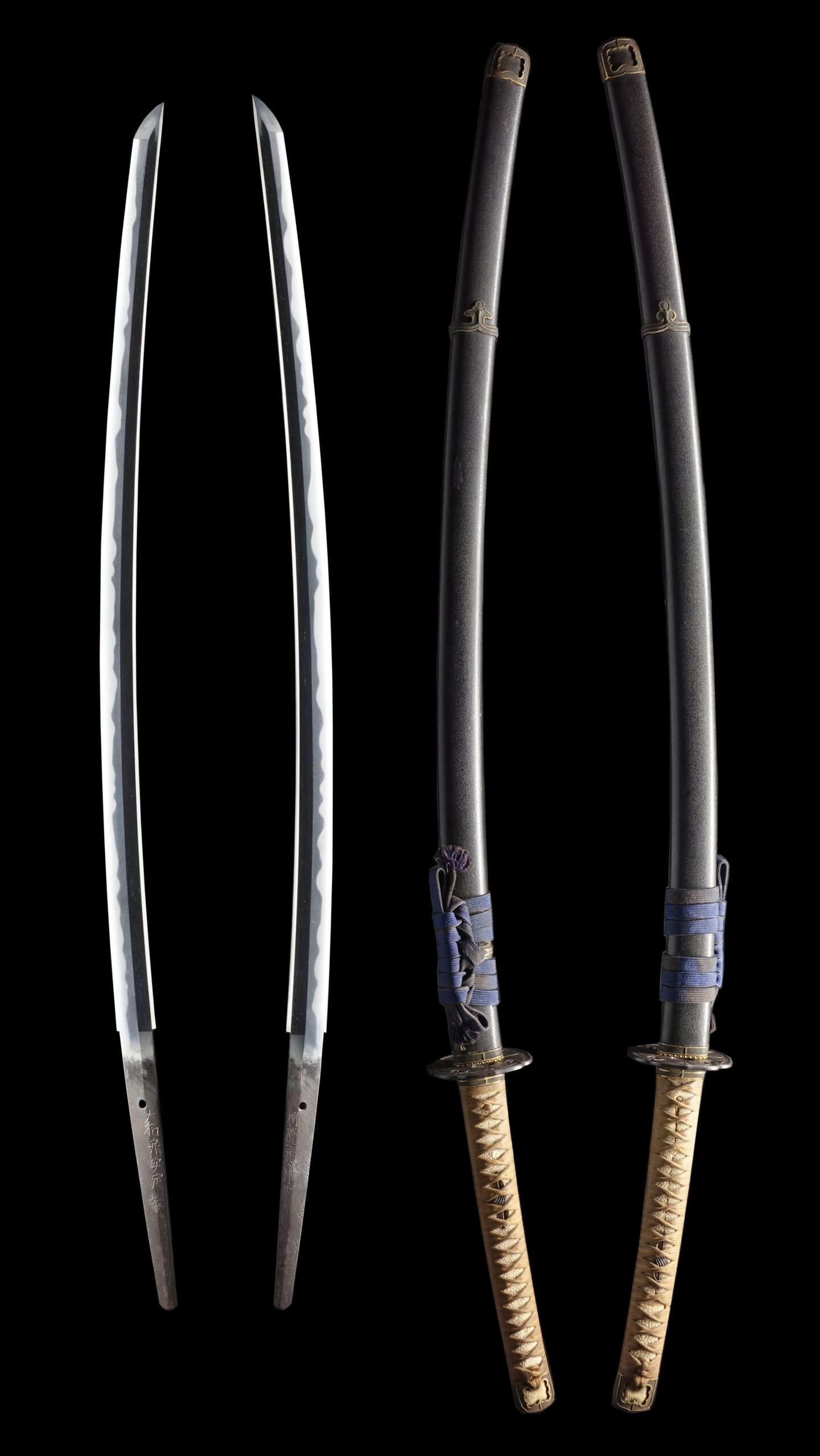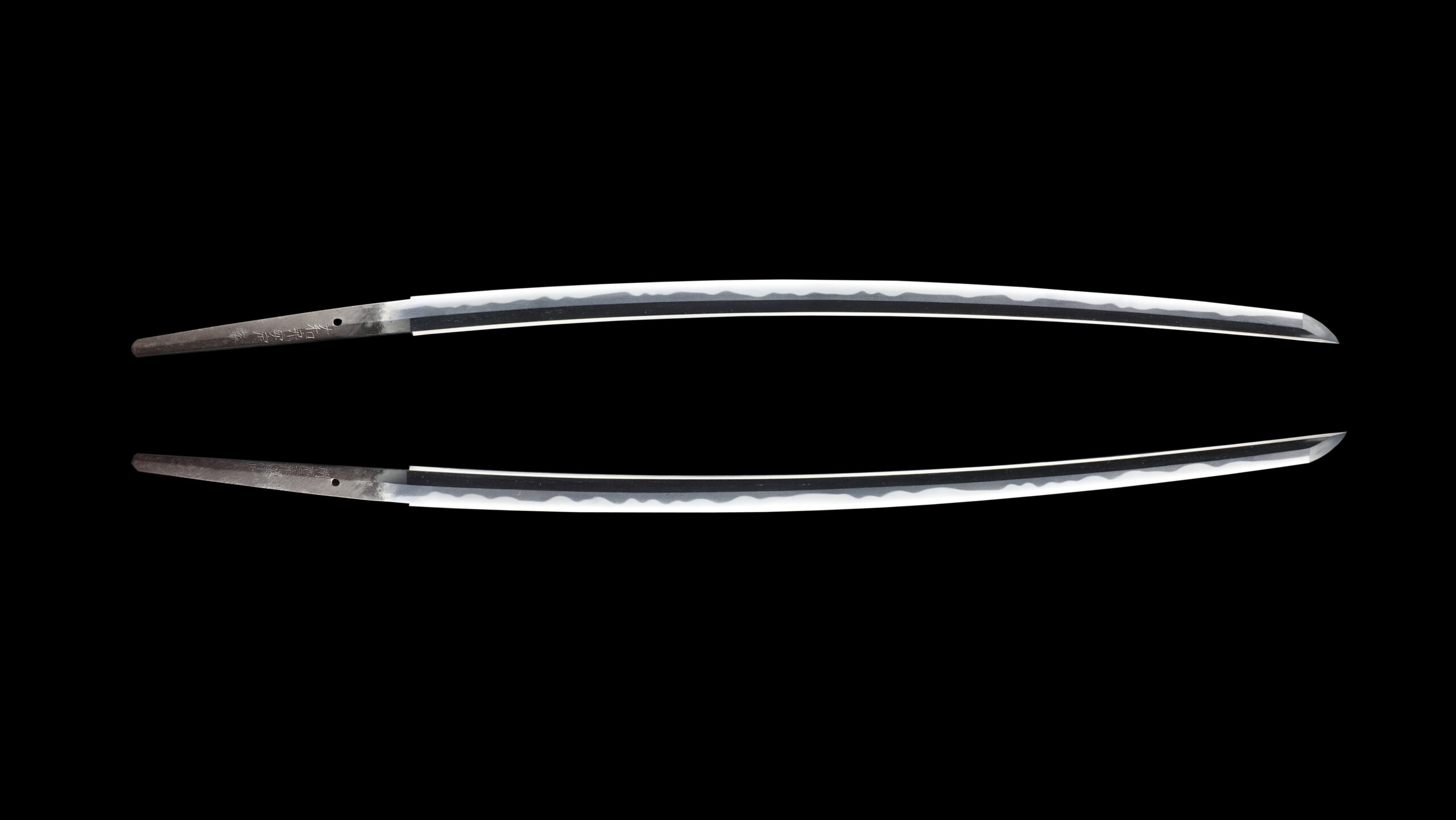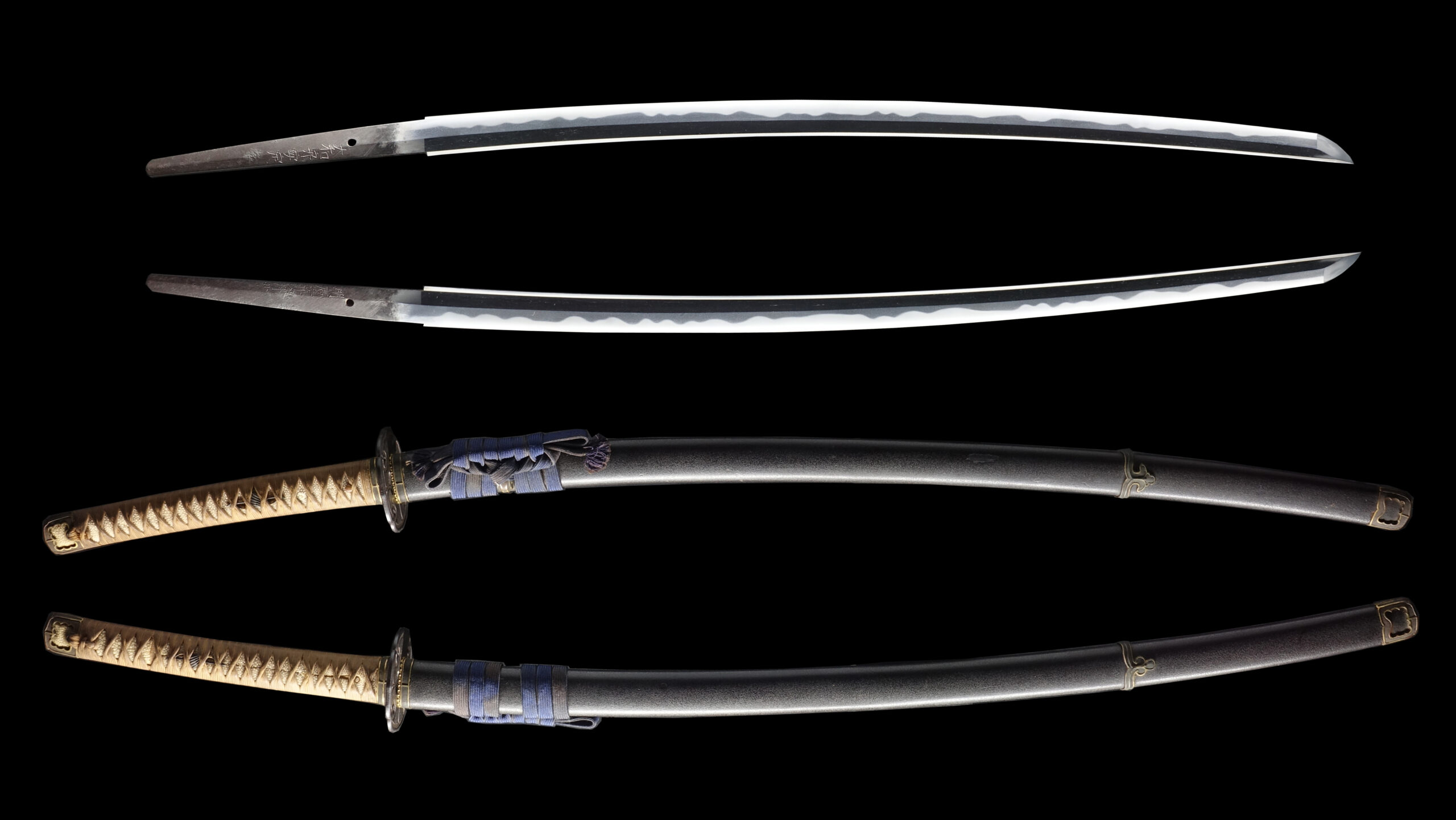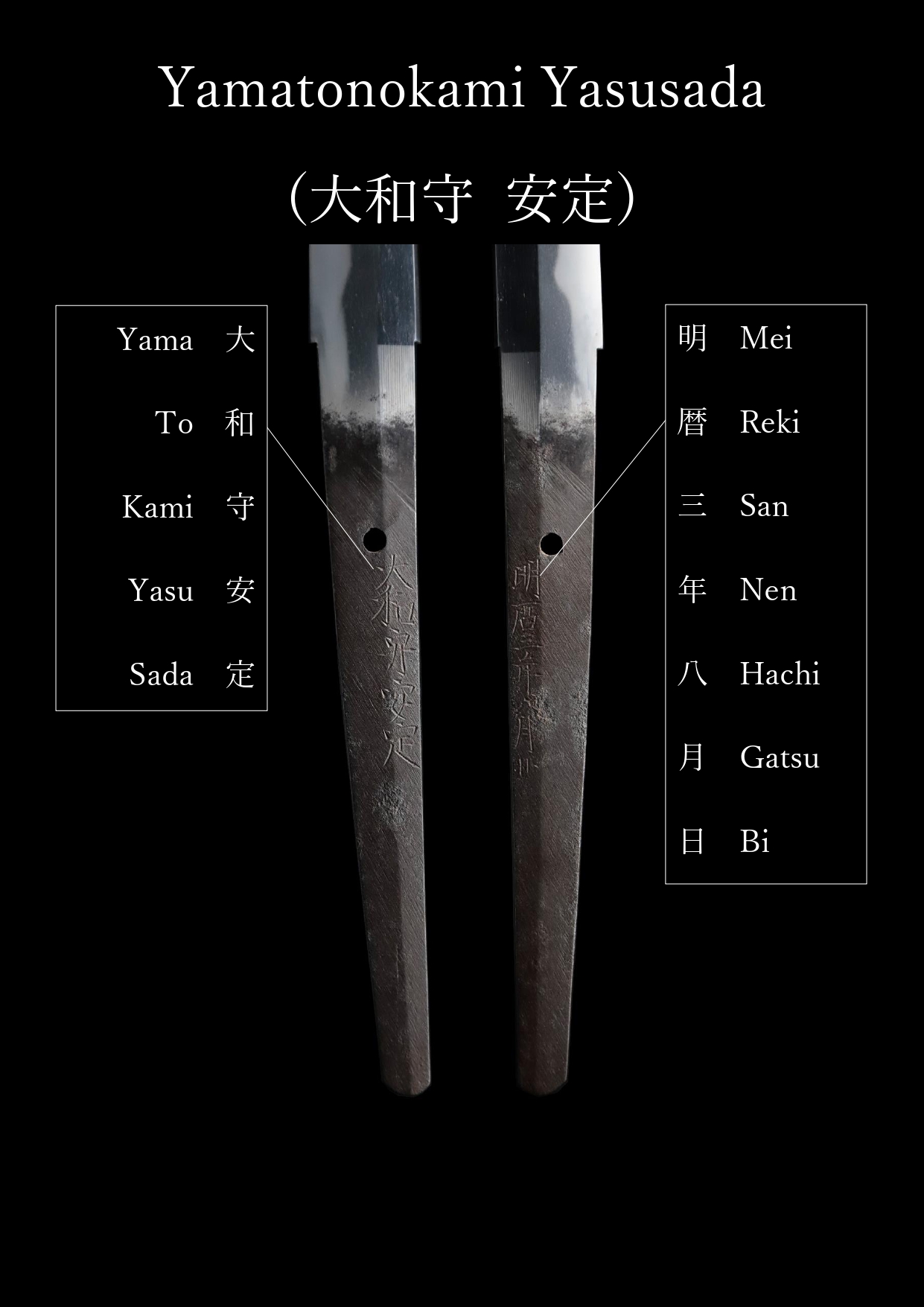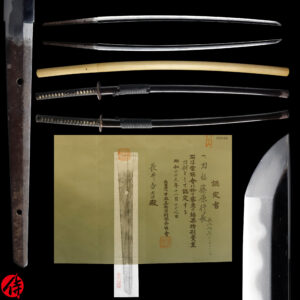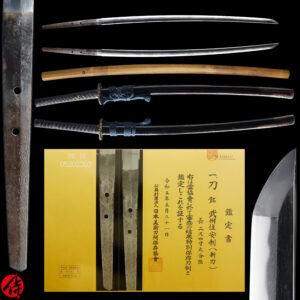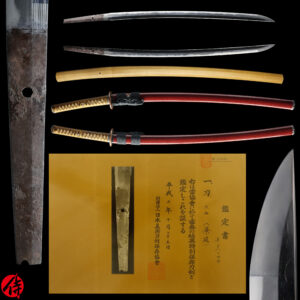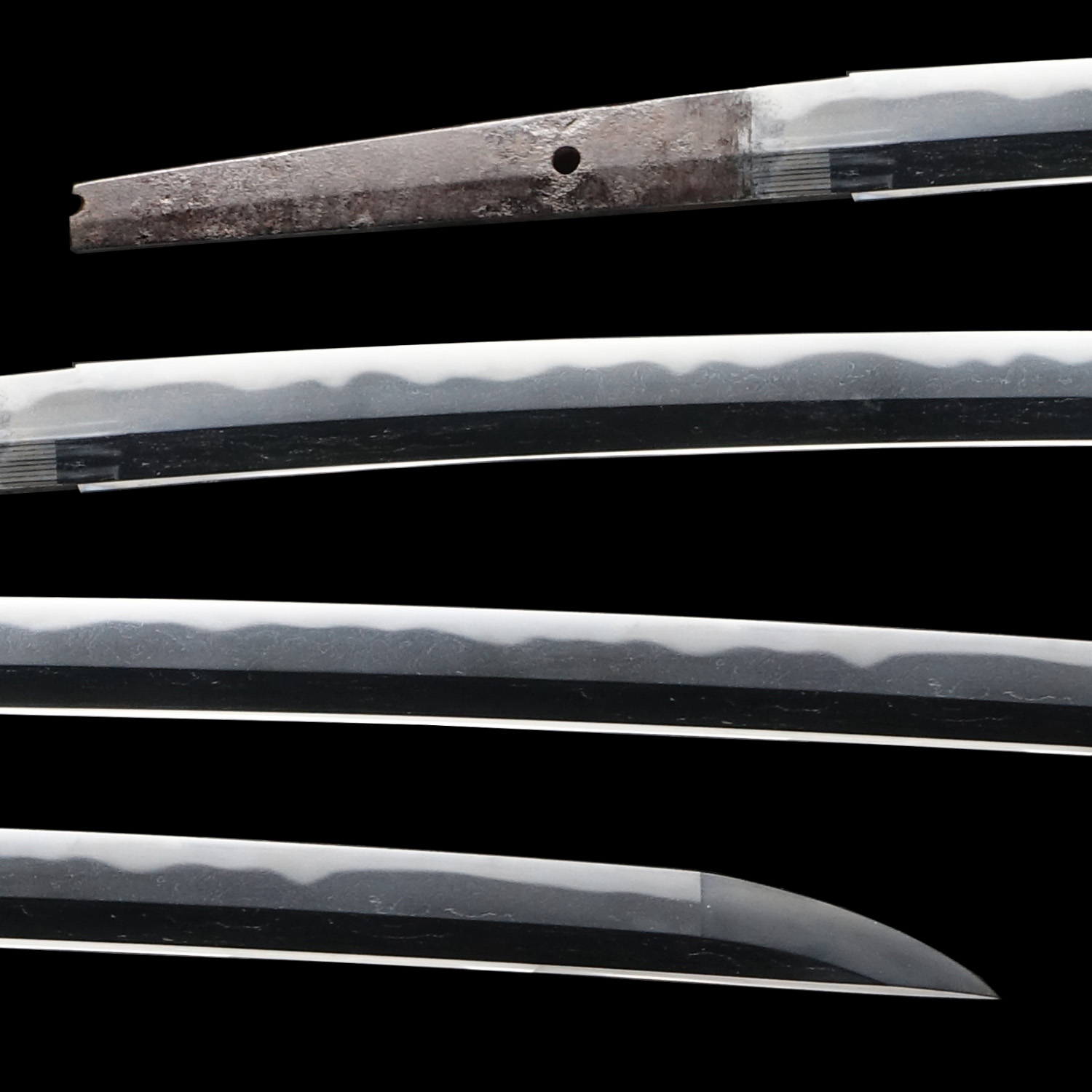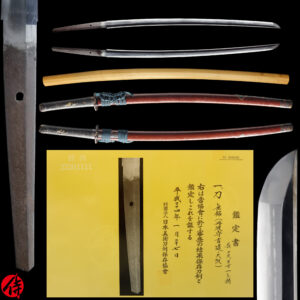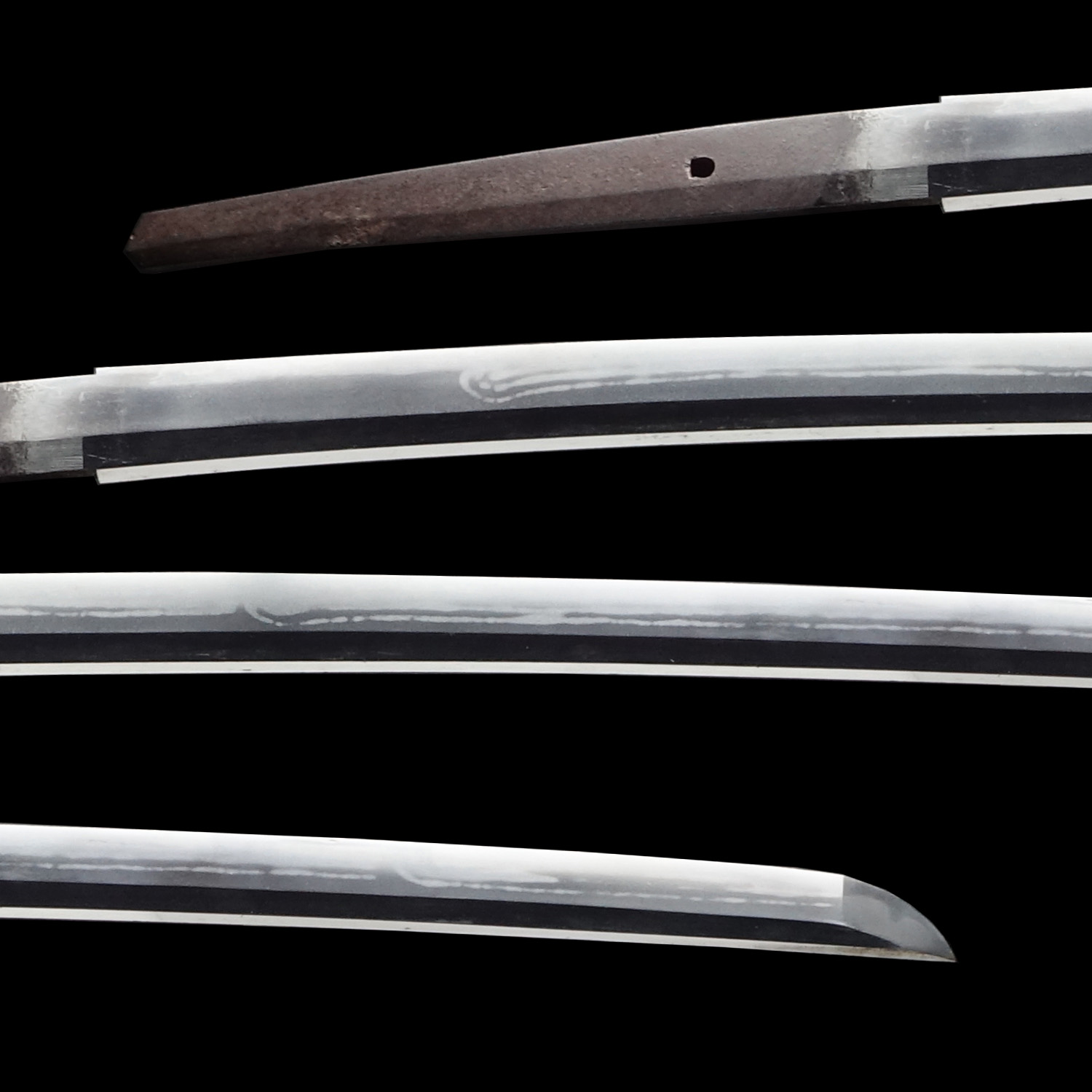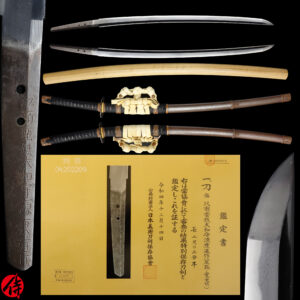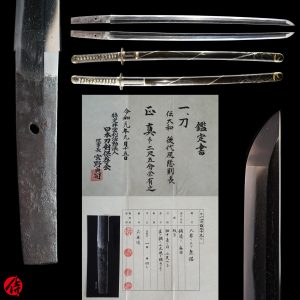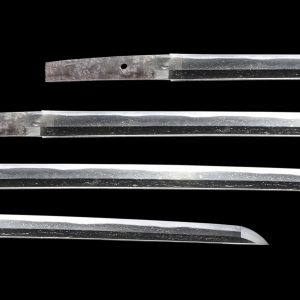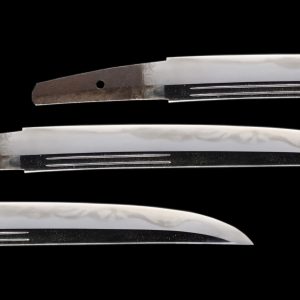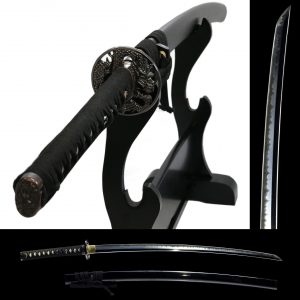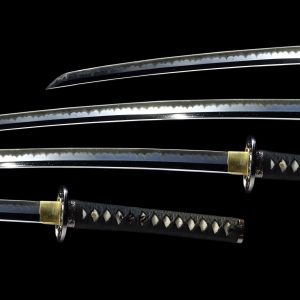Antique Japanese Sword Katana Signed by Yamato no Kami Yasusada with Tokubetsu Hozon Certificate
【Description】
Summary
This blade was signed by Yamato no Yasusada (大和守安定) in the third year of the Meireki era (1657: early Edo period). He is considered one of the top-tier swordsmiths during the early Edo period and he is known for forging extremely sharp blades.
He was born in the 4th year of the Genna era (1618). His birthname was Tonda Soubei (富田宗兵衛). Yasusada originally belonged to Kishu Ishido School, one of the most influential schools during the early Edo period. He first received Yamato Daijo (大和大掾) title when he was in Kishu province, and then he was promoted to Yamato no Kami (大和守).
Daijo or Kami is an official honorable title given by the imperial court for one’s excellent craftsmanship. After spending his early career in Kishu province, he moved to Edo city in 1648 and became an apprentice for Izumi no Kami Kaneshige. Additionally, it is said that Yasusada also learned sword-forging techniques from the third-gen Yasutsugu. Yasusada did Gassaku with the third-gen Yasutsugu as well. Two masters he served were renowned swordsmiths, and he must have learned excellent techniques from them.
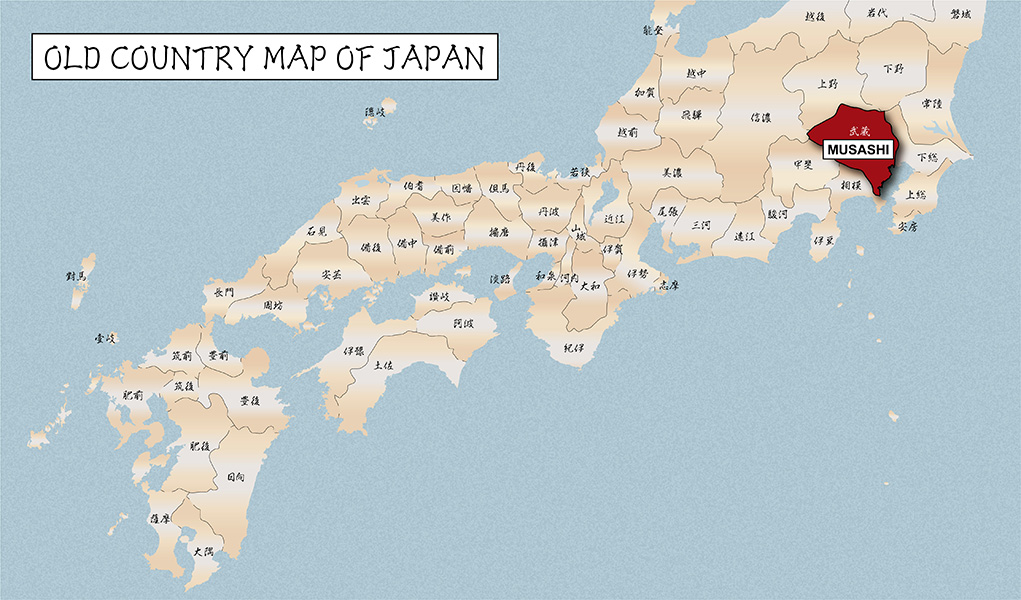
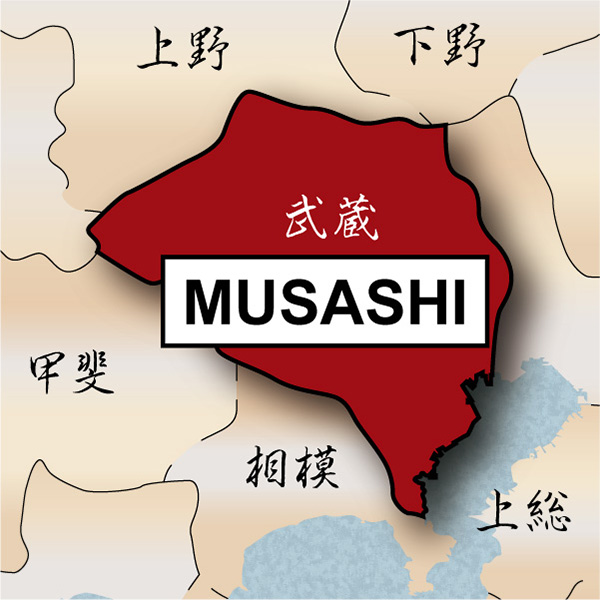
In 1655, Yasusada was invited by the Date clan to Sendai City in Miyagi prefecture. He forged a blade and dedicated it to Sendai Toshogu shrine for Tokugawa Ieyasu’s death anniversary. He also devoted another creation to the Zuihoden mausoleum for Date Masamune’s death anniversary. This fact simply indicates that Yasusada’s craftsmanship was acknowledged and appreciated nationwide, not only in Edo City. He moved to Edo city at around 30 years old, and there was a remaining work made in 1670 when he was 53.
As we explained earlier, his swords have been known for their sharpness. There are many records of his swords passing the test-cutting process(Tameshigiri). In his career, he pursued and researched sword forging to make extremely sharp blades that were practically effective in battles. It is said that Yasusada often received orders from high-class Samurai or feudal lords. According to the book (Kaihou Kenjyaku) published by Yamada Asaemon in the late Edo period, a blade forged by Yasusada was ranked as Yoki wazamono (excellent sharpness). The Edo government hired Asaemon as an expert on Tameshigiri, or testing cutting. In this book, he judged how sharp Japanese swords forged by prestigious swordsmiths were.
At the end of the Edo period, Yasusada’s fame became at another level because a few members of Shinsengumi owned blades made by Yamato no Kami Yasusada, including Okita Soji and Saito Hajime. They love Yasusada’s work for its sharpness and craftsmanship.
Ishido School
Ishido school was initially founded by Sukenaga, an offspring of Ichimonji Sukemune, who had created Fukuoka Ichimonji school in Bizen province(Today’s Okayama prefecture).
During 1492-1501 (Mid Muromachi period), Sukenaga and his school moved from Bizen province to Omi province after being summoned by Gamou family, a powerful feudal line in that region. Sukenaga started to live in front of Ishido temple, and he changed his surname to Ishido.
As of the early Edo period, many Ishido swordsmiths in Omi province moved to other parts of Japan. Four major branches flourished in Edo, Osaka, Kishu(Wakayama prefecture), and Chikuzen (Fukuoka prefecture). Following this trend, Yasuhiro, a prominent figure in Omi Ishido school, moved to Kishu province from Omi province. It is said that Yasuhiro was the founder of Kishu Ishido school. There is a record where Yasuhiro and Yasusada forged a blade together.When two swordsmiths collaborate to create one work, it is called Gassaku (合作). It was generally done by a master and his apprentice or his son. This fact indicates that Yasusada had a close tie with the head of Kishu Ishido school.
It is appraised as a Tokubetsu Hozon Touken (特別保存刀剣) issued by NBTHK (Nihon Bijutsu Touken Hozon Kyokai: 日本美術刀剣保存協会). This authentication paper was only given to authentic Japanese swords, especially well preserved and high quality with artistic value.
【 Blade】
Cutting Edge Length (Nagasa): 71.8 cm (28.2 inches)
Curvature (Sori): 2.12 cm ( 0.83 inches)

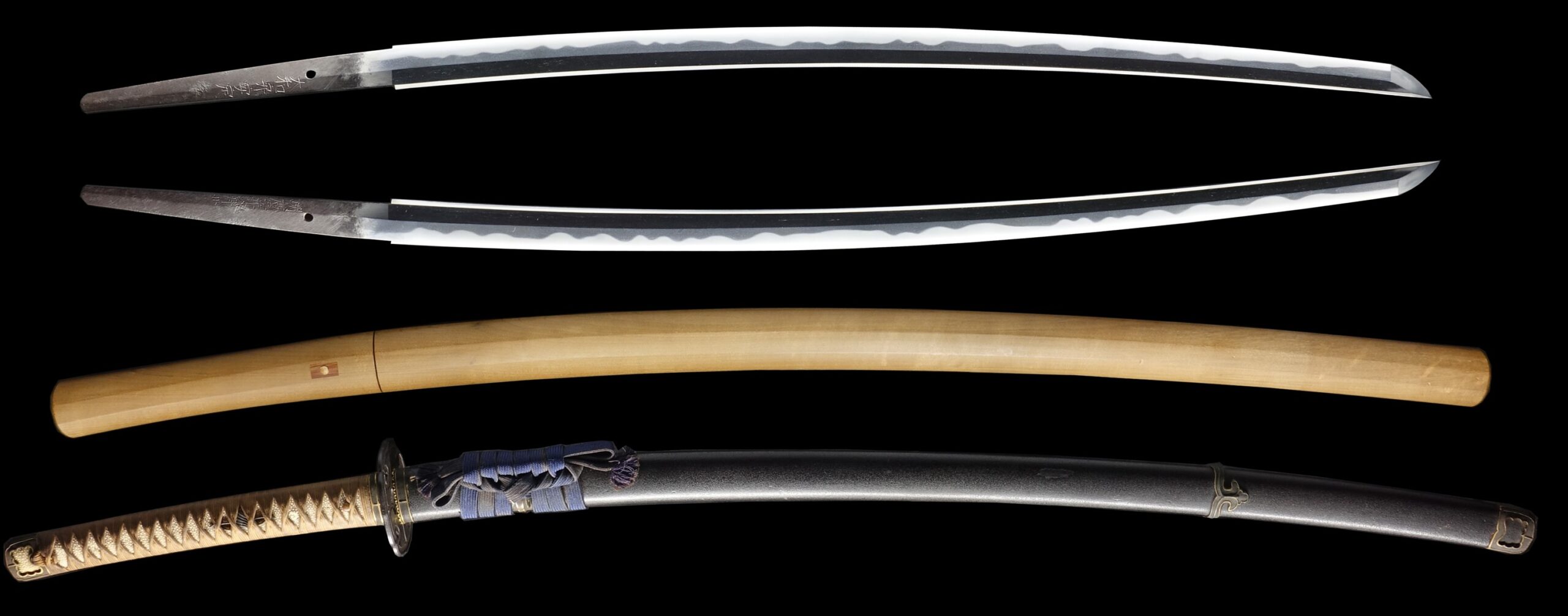
Hamon:
the crystalline structure which forms along the cutting edge of a blade as a result of the hardening process
Jimon(Jihada):
visible steel surface pattern created by folding and hammering during forging process
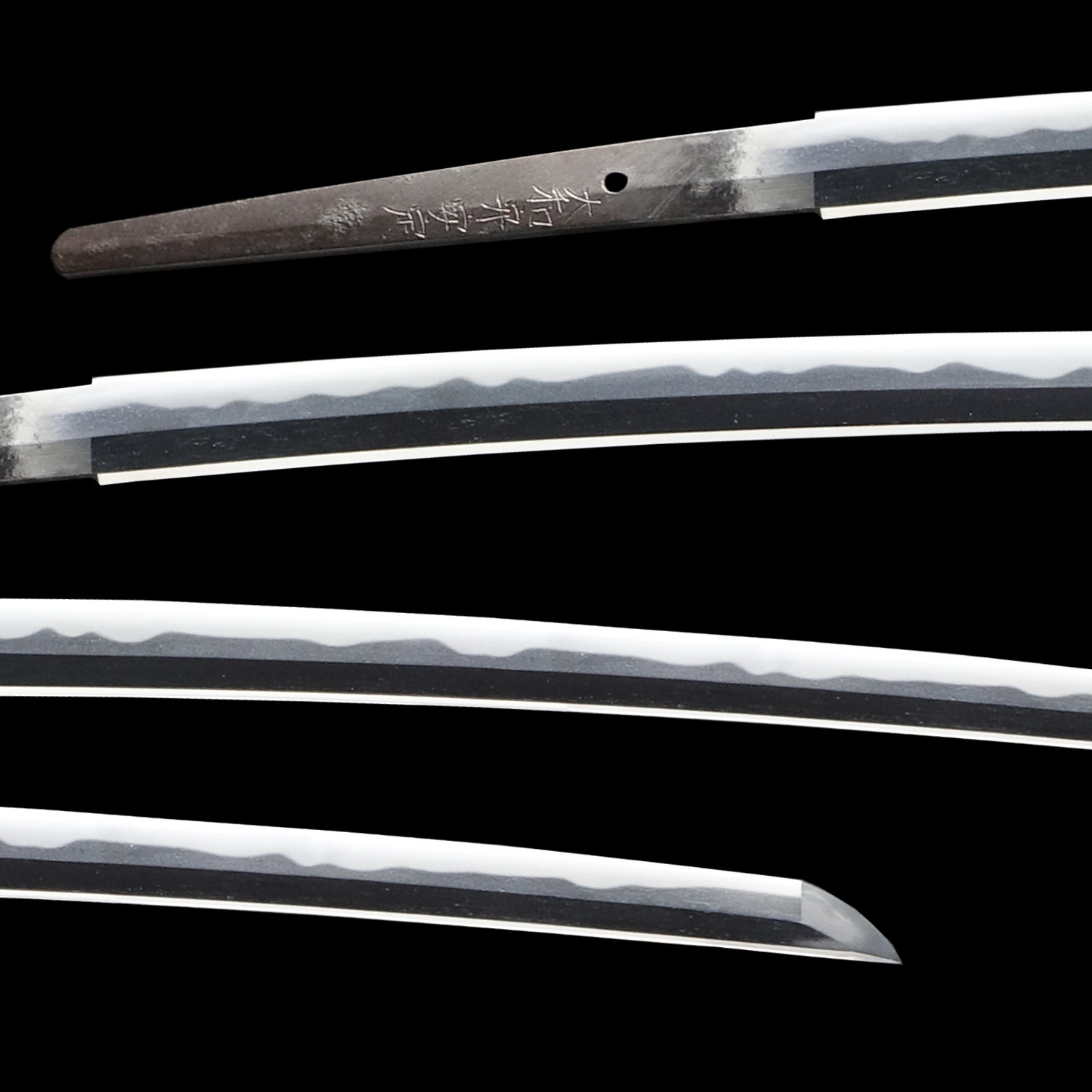
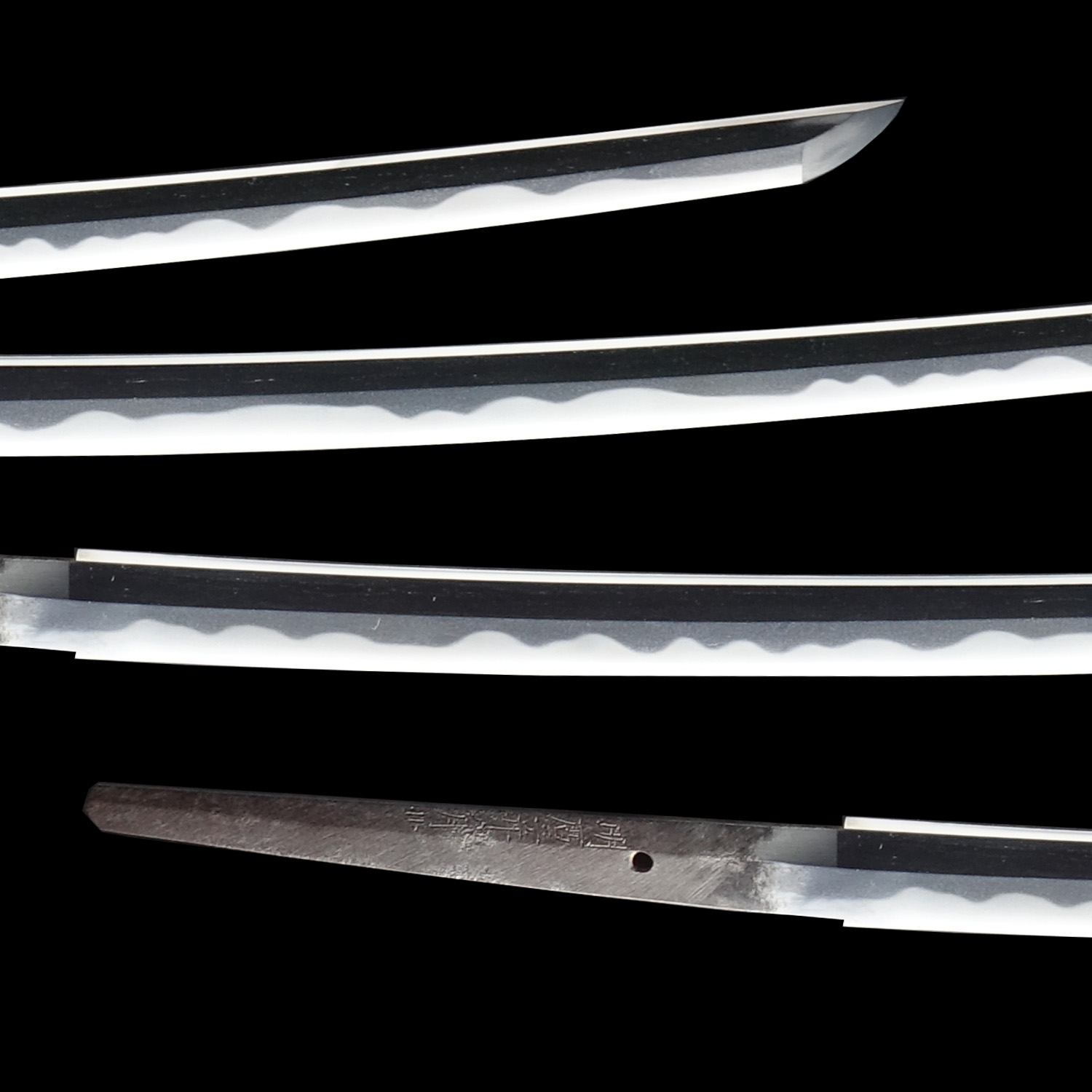
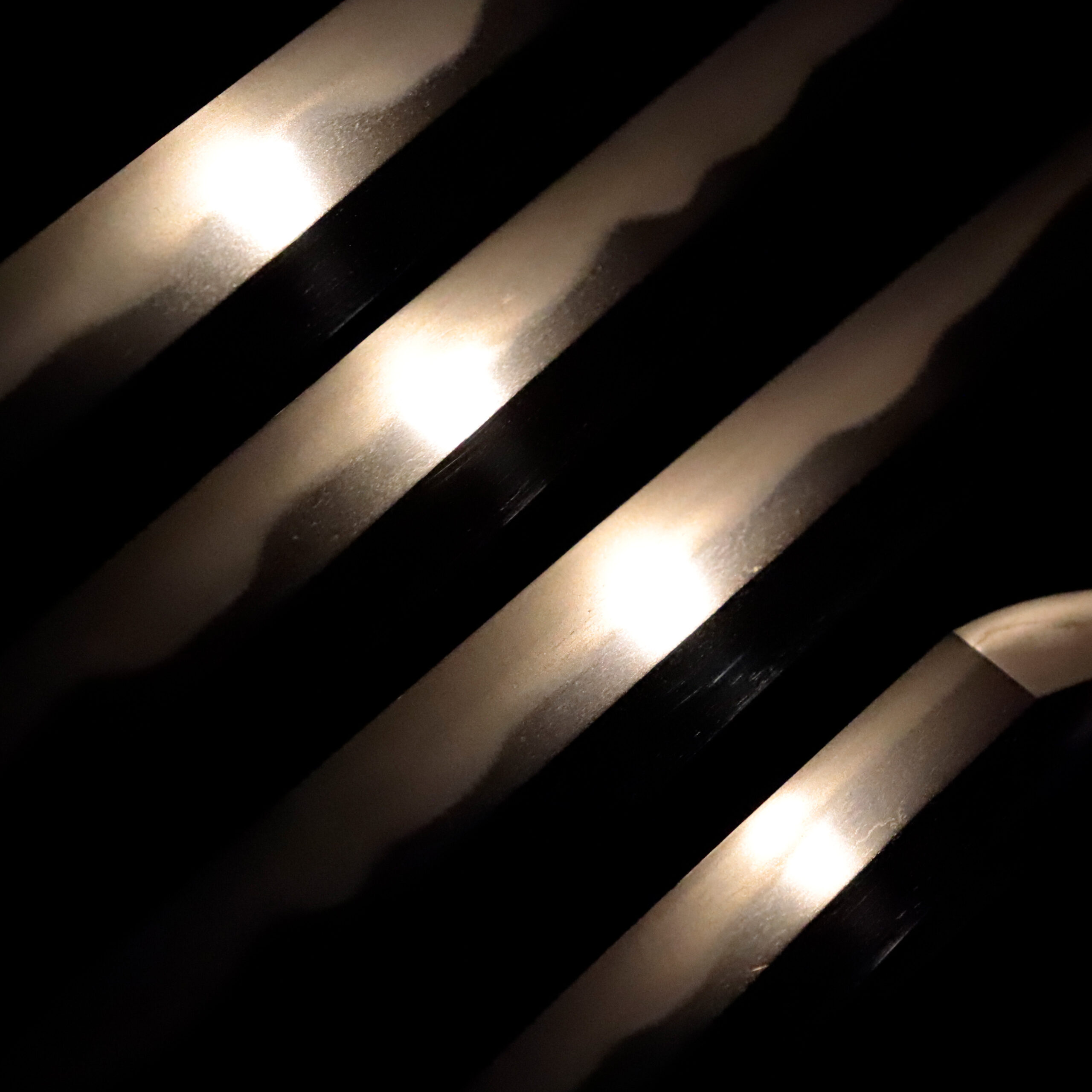

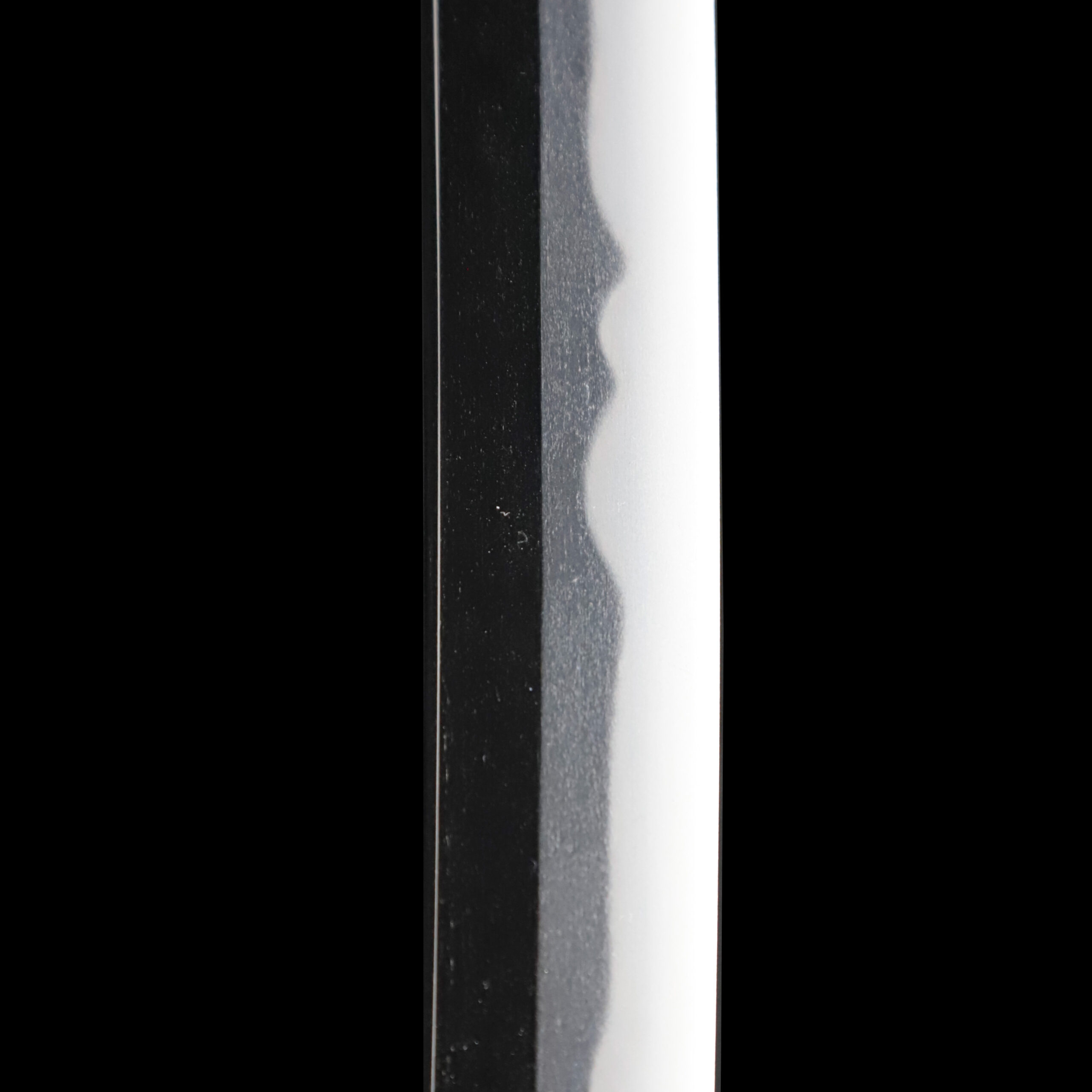
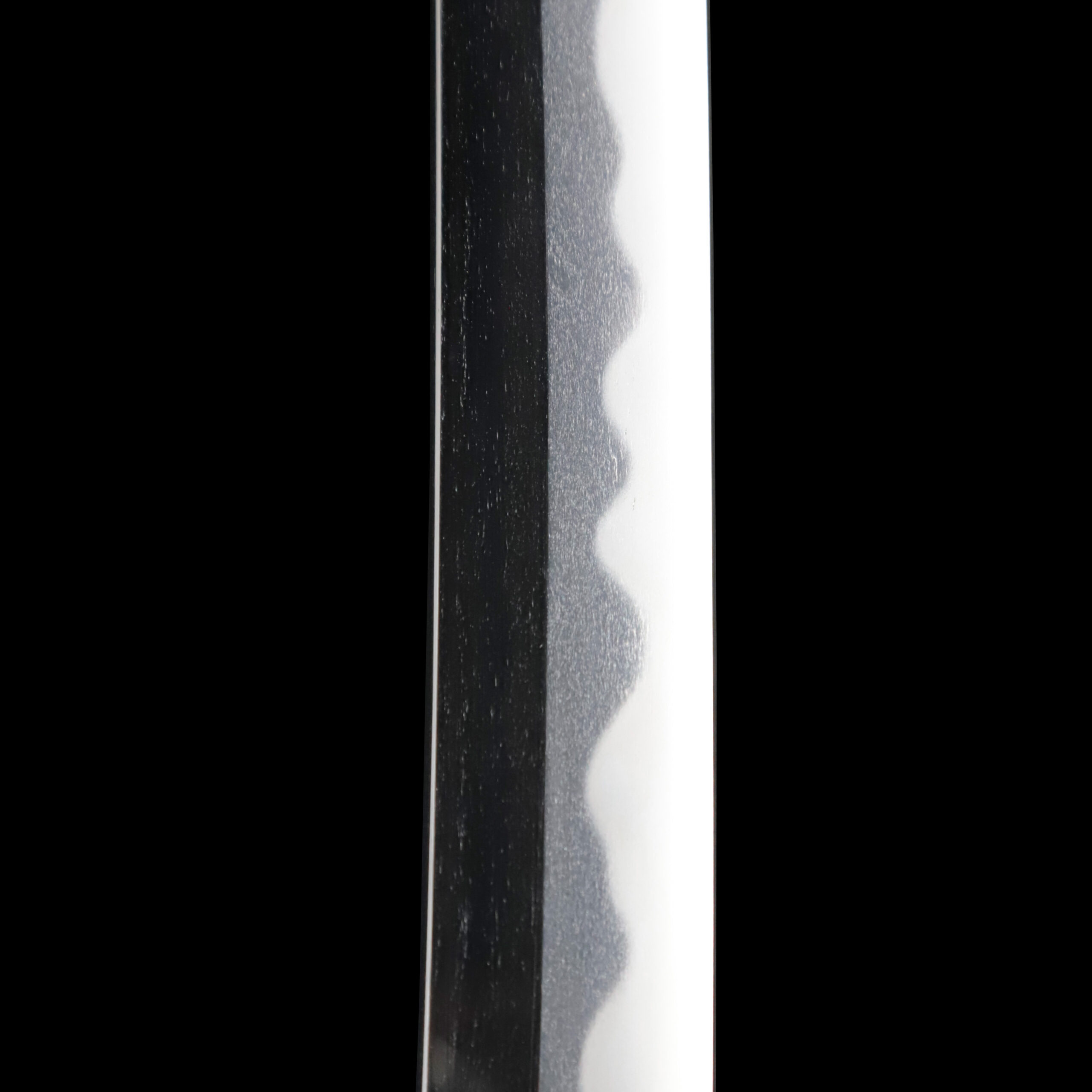
Kissaki: Kissaki is the tip of the Japanese sword.
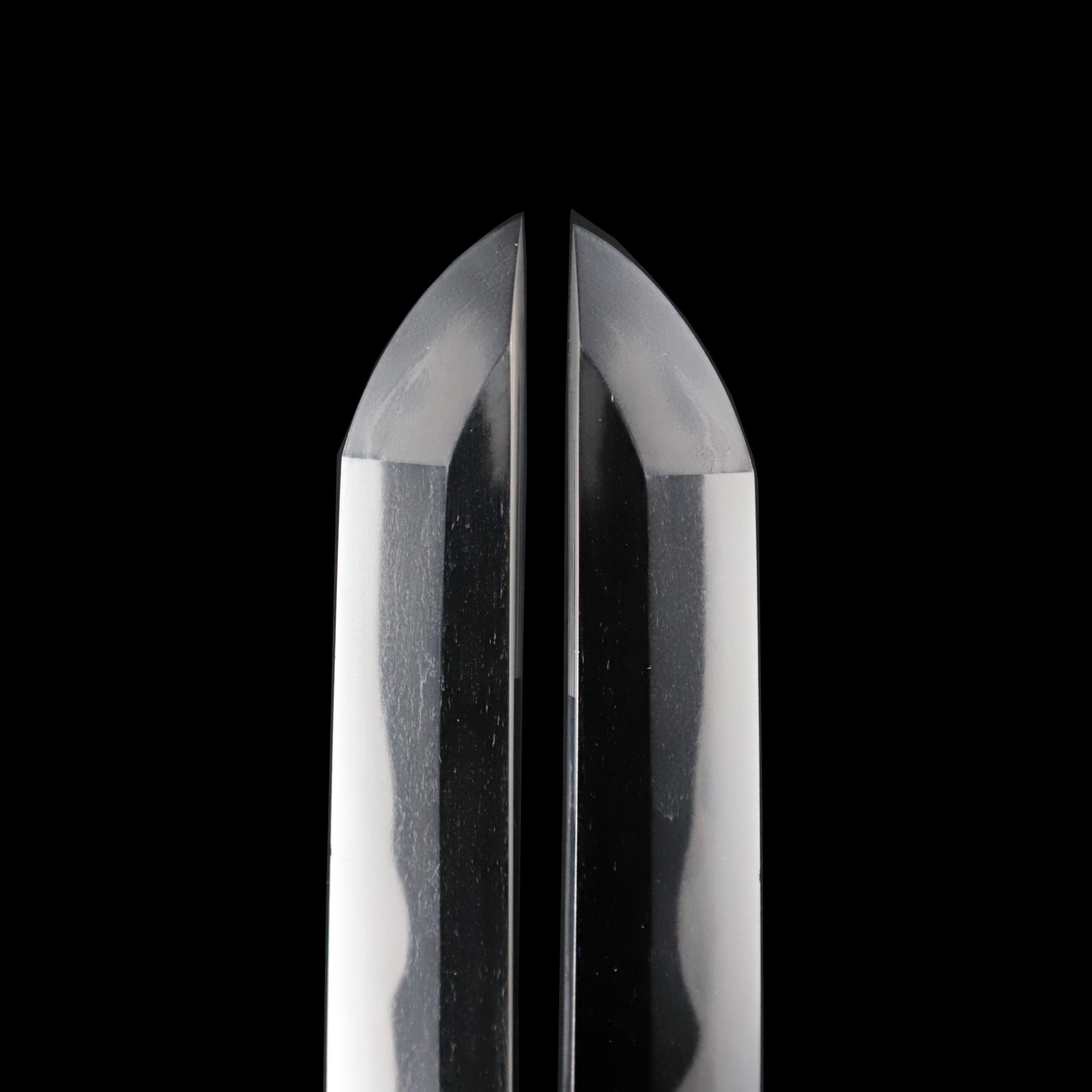
Nakago: Nakago is the tang of the Japanese sword.
Japanese swordsmiths left the black rust on the tang because it prevents red rust while the tang is in its handle. And the discoloration of the tang was created over time, and it is a great indicator for a Japanese sword specialist to estimate when the sword was forged.

Koshirae: Koshirae is the mounting of the Japanese sword. There are several parts that consist of Koshirae such as Saya (Scabbard), Tsuka (Handle), Tsuba (Handguard).
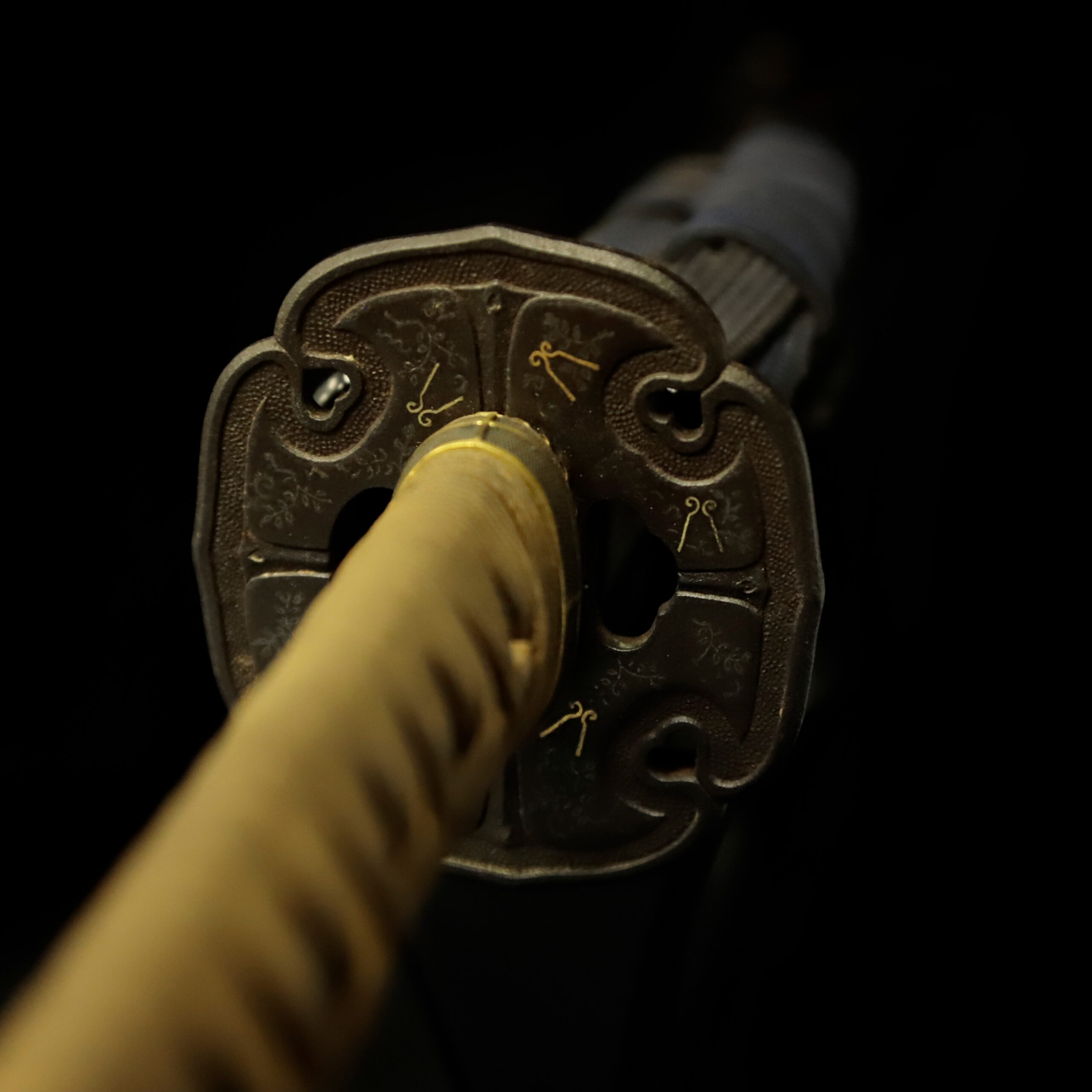
Fuchi-Kashira: A pair of matching sword fittings that cover the upper and bottom parts of its sword hilt.
The surface of this Fuchi Kashira is decorated with the Nanako-Ji (魚子地) technique. This process makes a uniform minimal protrusions pattern by hitting the Nanako-Ji Tagane (魚子地鏨, a chisel for this technique) on a metal surface. This decorative technique is often seen on sword mountings.
This Fuchi Kashira seems to be made from copper, and the edges are colored with golden paint. While some colorings have already faded due to aging, this golden color adds elegance to this work. We hope you enjoy the fading of color and minor scratches as an antique texture that has passed a long time. The same type of design is used for the Kojiri (鐺, the metal fitting that protects the tip of a scabbard) of this Koshirae.

Tsuka and Menuki: Tsuka is the handle of the Japanese sword and Menuki is its decoration.
Samurai-related items are the motifs of this Menuki. You could find a combination of bow and arrows on each side of this handle through the gaps of the Tsukamaki thread. Since ancient times, arrows have been used as a weapon, which is the original purpose of this item. Bow and arrows were primary weapons for Samurai warriors until the advent of guns. Many Samurai appreciated the arrow patterns as an arrow goes straight forward powerfully.
In Japan, it is a custom that each home displays decorated arrows, wishing they would exorcise evil spirits in the house. This talisman is called the Hama-Ya (破魔矢) in Japanese, and this custom is still kept today. Even after bows and arrows are no longer used on the battlefields, they are tools familiar to Japanese people that have been passed down in this form to the present day.
There are also other types of arrow designs such as the Yabane (矢羽根, wing part of an arrow), the Kabura-Ya (鏑矢), etcetera. The Kabura-Ya is an arrow attached to the Kabura (鏑, a kind of weapon) to its tip. A Kabura-Ya whistles when it is shot. Therefore, it was used as a signal on the battlefield to notify the start of a battle. We could find it in traditional events such as Yabusame (流鏑馬, horseback archery) in Japan. This convention also shows us the relationship between the Samurai culture and the arrow.
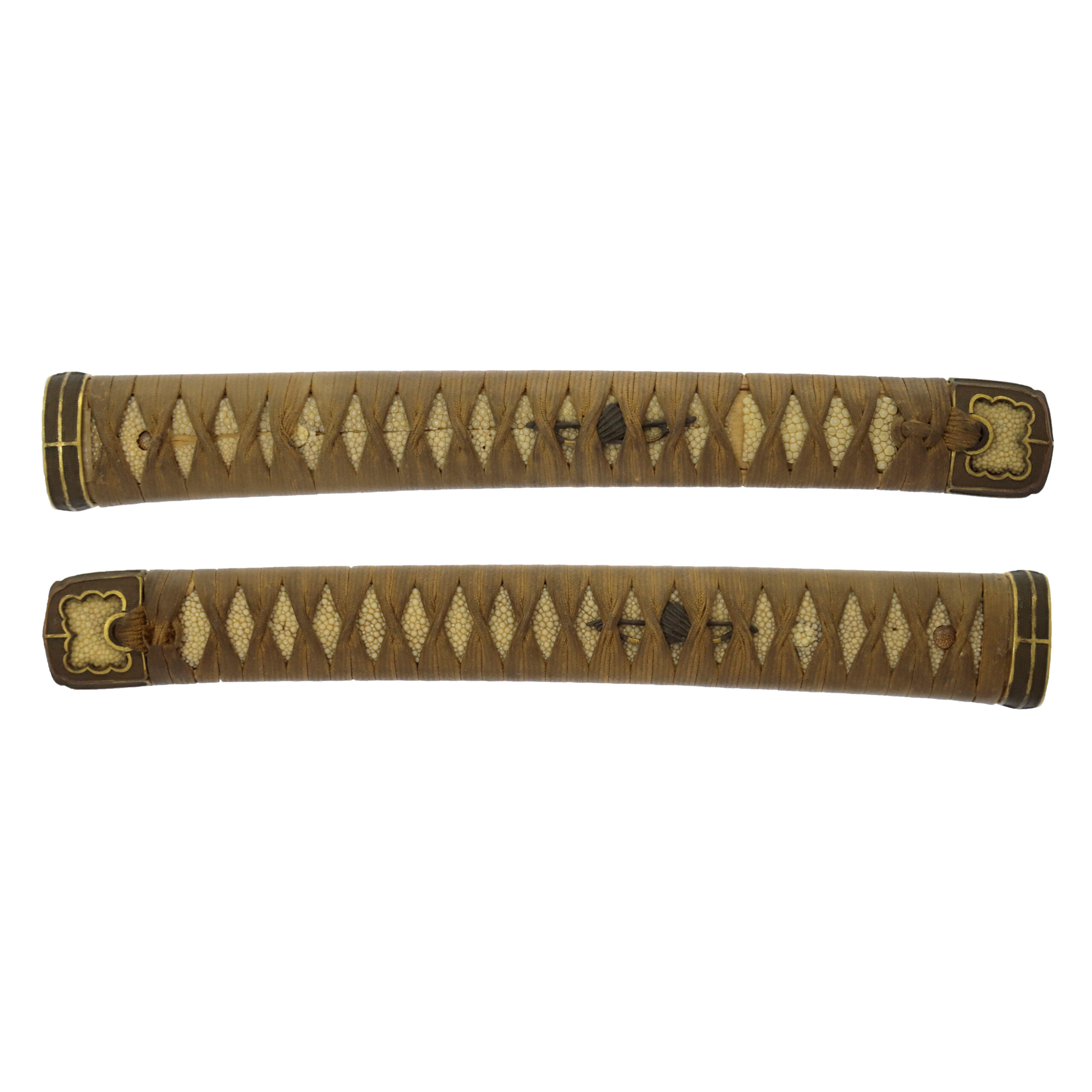
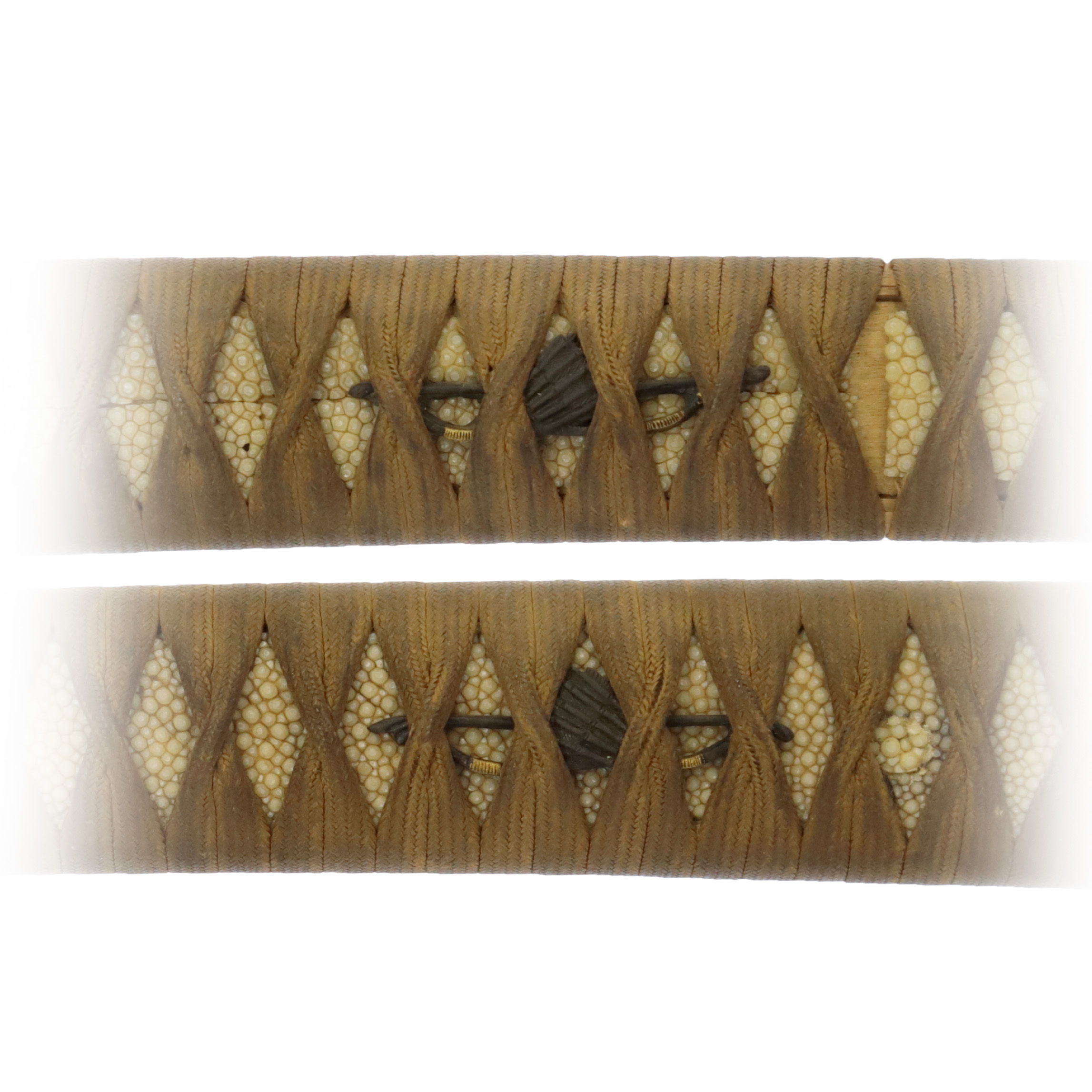
Tsuba and Habaki: Tsuba is the handguard for the Japanese Sword and Habaki is the equipment to make the blade not touch its scabbard inside. It prevents the blade from getting rusty and chipped.
This antique Tsuba has a typical shape of the Tachi Goshirae Tsuba (太刀拵鐔). The difference between Tachi Tsuba (太刀鐔) and Katana Tsuba (刀鐔) is that the top and bottom positions of the Nakago hole (茎櫃, center hole) are reversed. The Tsuba of this Koshirae has Aoi (葵) Tsuba shape. The Ju-Ji (十字, cross) pattern is designed from the center part.
If you focus on four corners, you will find a heart mark-shaped hole is engraved on each edge. It is called the Inome (猪の目) pattern. The Inome pattern has been used since ancient times. As its name implies, the boar’s eyes are the origin of this pattern. Some people believed the Inome design would work as an amulet to protect them from evil spirits or fire. Also, it is said it would bring good luck. The same as other sword mountings of this Koshirae, this Tsuba also has a quite simple appearance without gold or silver paintings.
We would like to mention the plant pattern designed on this Tsuba. It seems these were initially colored with golden paint or inlaid with brass. We assume this plant design is a kind of Karakusa (唐草, arabesque) pattern. It is a design in which vine stems and leaves are twined and make curves. Since ivy has a strong vitality and grows up without interruption, people regarded this design as a symbol of prosperity and longevity.
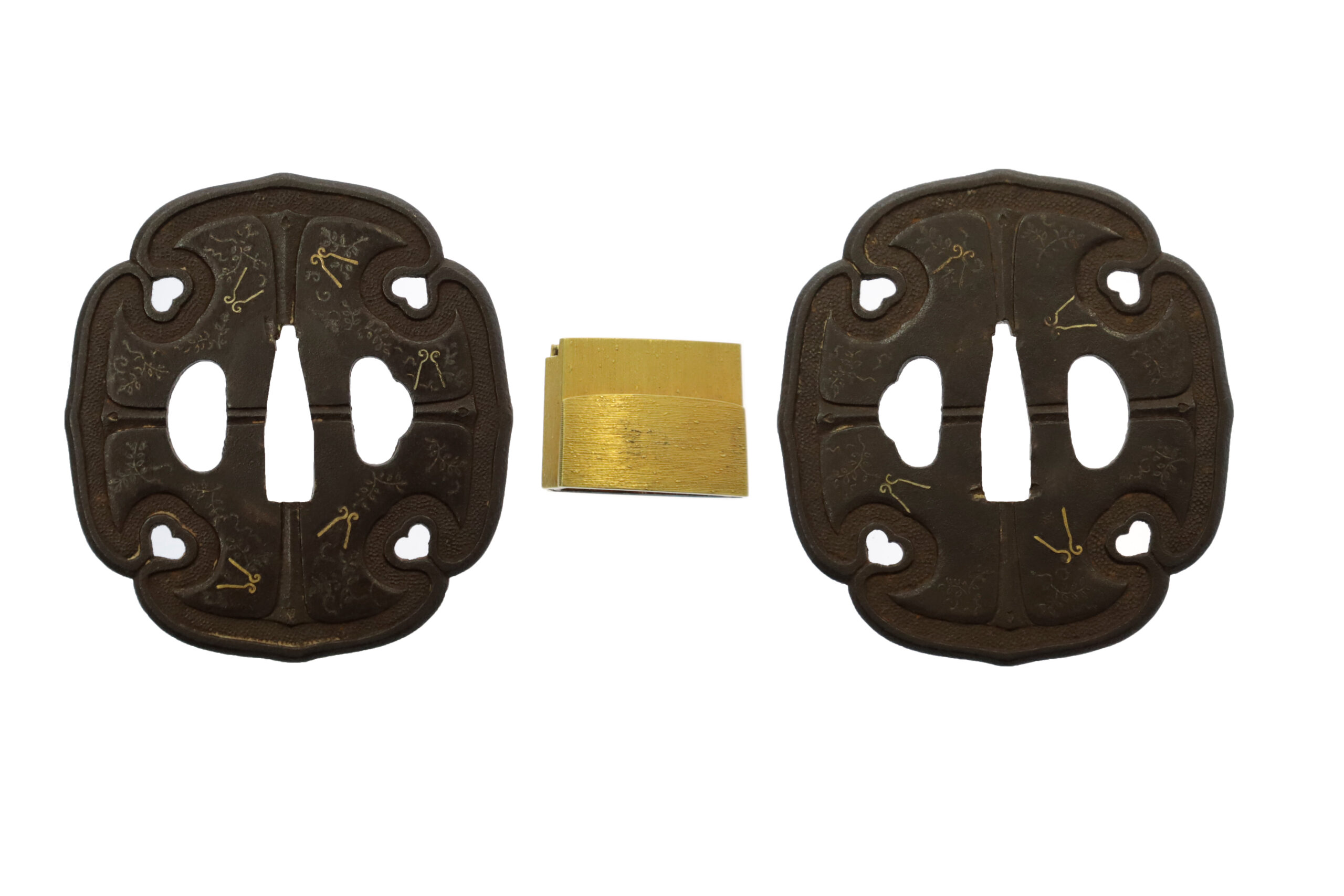
Saya: Saya is the scabbard for the Japanese sword.
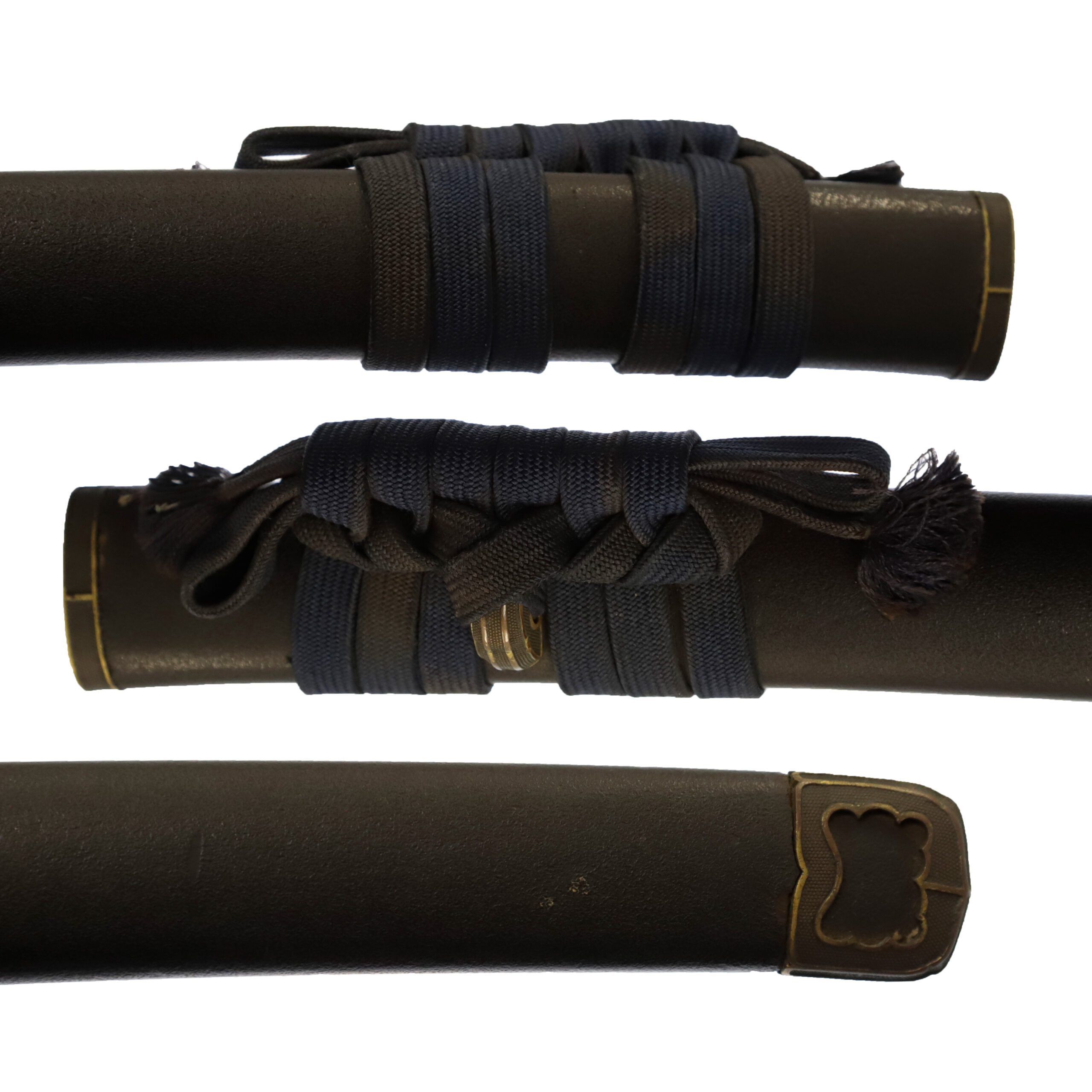
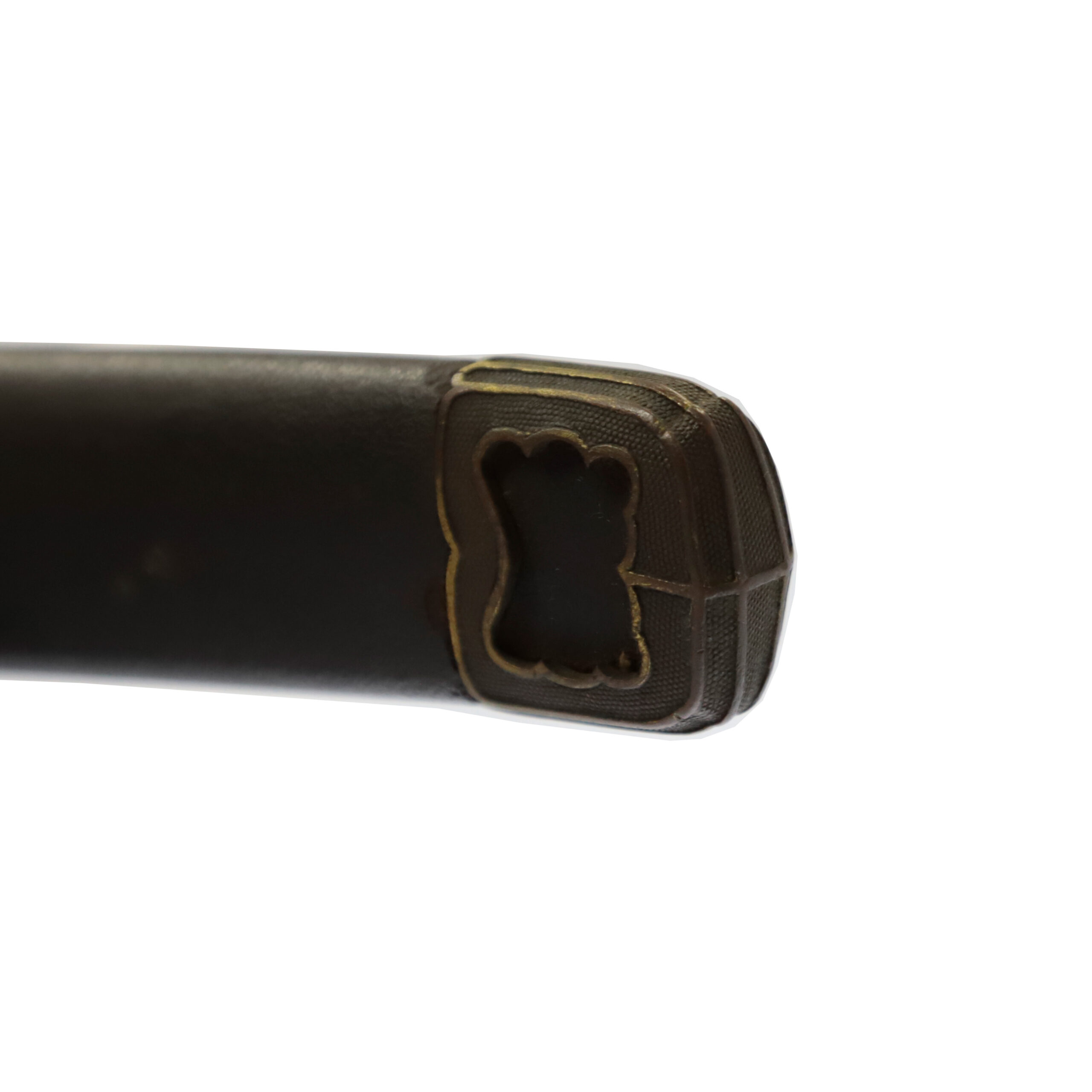
Authentication Paper: NBTHK TOKUBETSU Hozon Certificate for the blade (No. 154359)
NBTHK, also known as Nihon Bijutsu Touken Hozon Kyokai (the Society for the Preservation of the Japan Art Sword), is one of the oldest Japanese sword appraising organizations in modern-day Japan. They authenticated the blade on Jan 29th in the 22th year of Heisei (2010). They appraised it as Tokubetsu Hozon Touken, the blade especially worth preserving for Japanese society. The purchaser will receive this original certificate as well. We can also translate what is written into English and make a PDF file for your record if you request.
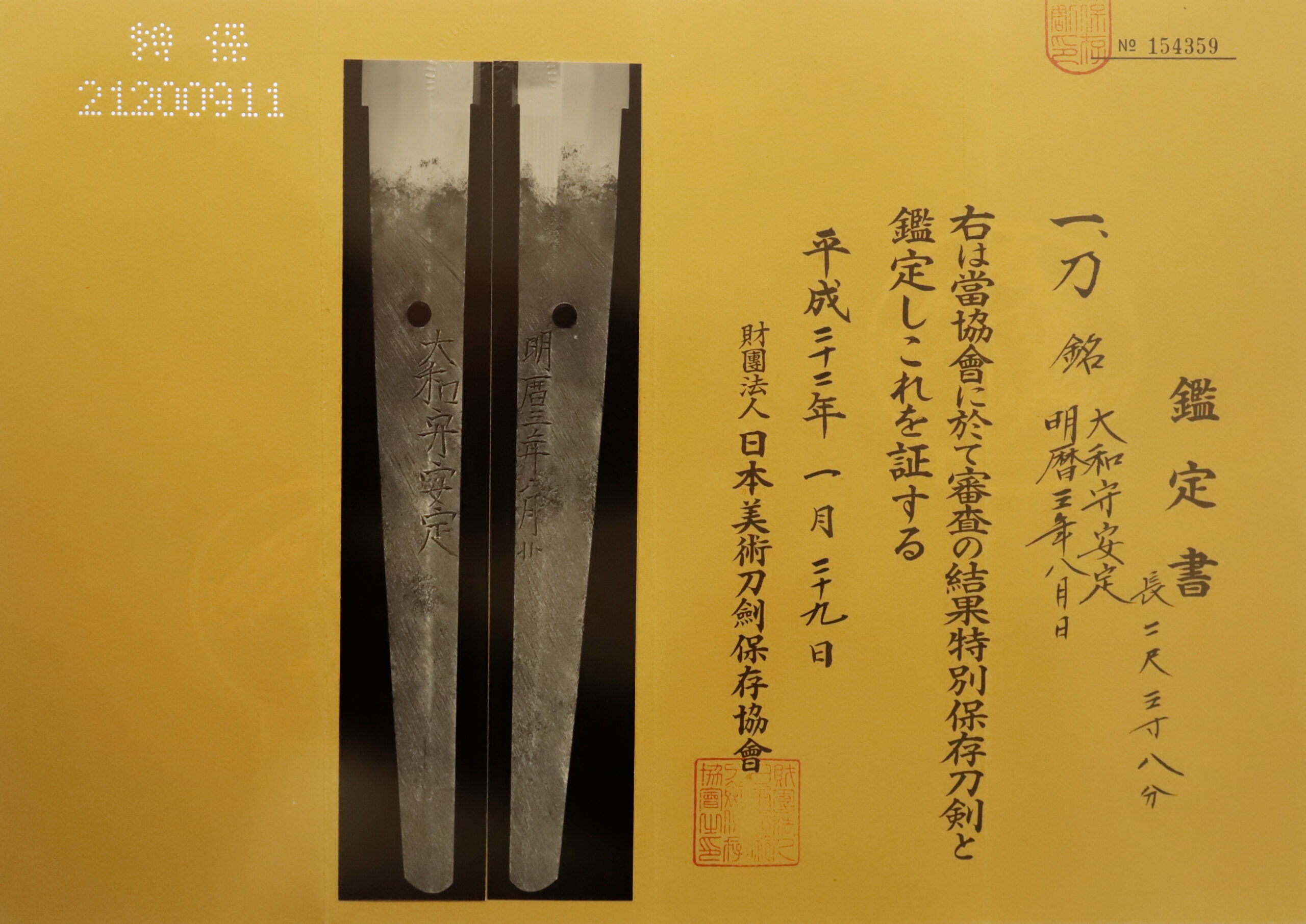
Registration Number: Oita 207
The Board of Education in Oita prefecture issued a registration paper for this sword . It is called Jyu Hou Token Rui Tourokusho (銃砲刀剣類登録証). Bunkacho (The Agency for Cultural Affairs) acknowledges a Japanese sword with this paper as a work of art.
The sword needs to be traditionally hand-forged and made of Tamahagane carbon steel to be registered in the system. With this paper, its owner in Japan can legally own an authentic Japanese sword. Based on this registration number, we will apply for its export permit.
This paper will need to be returned to the board of education when the sword is being shipped abroad, but you can receive a copy of it. An English translation of this registration paper is available on request.
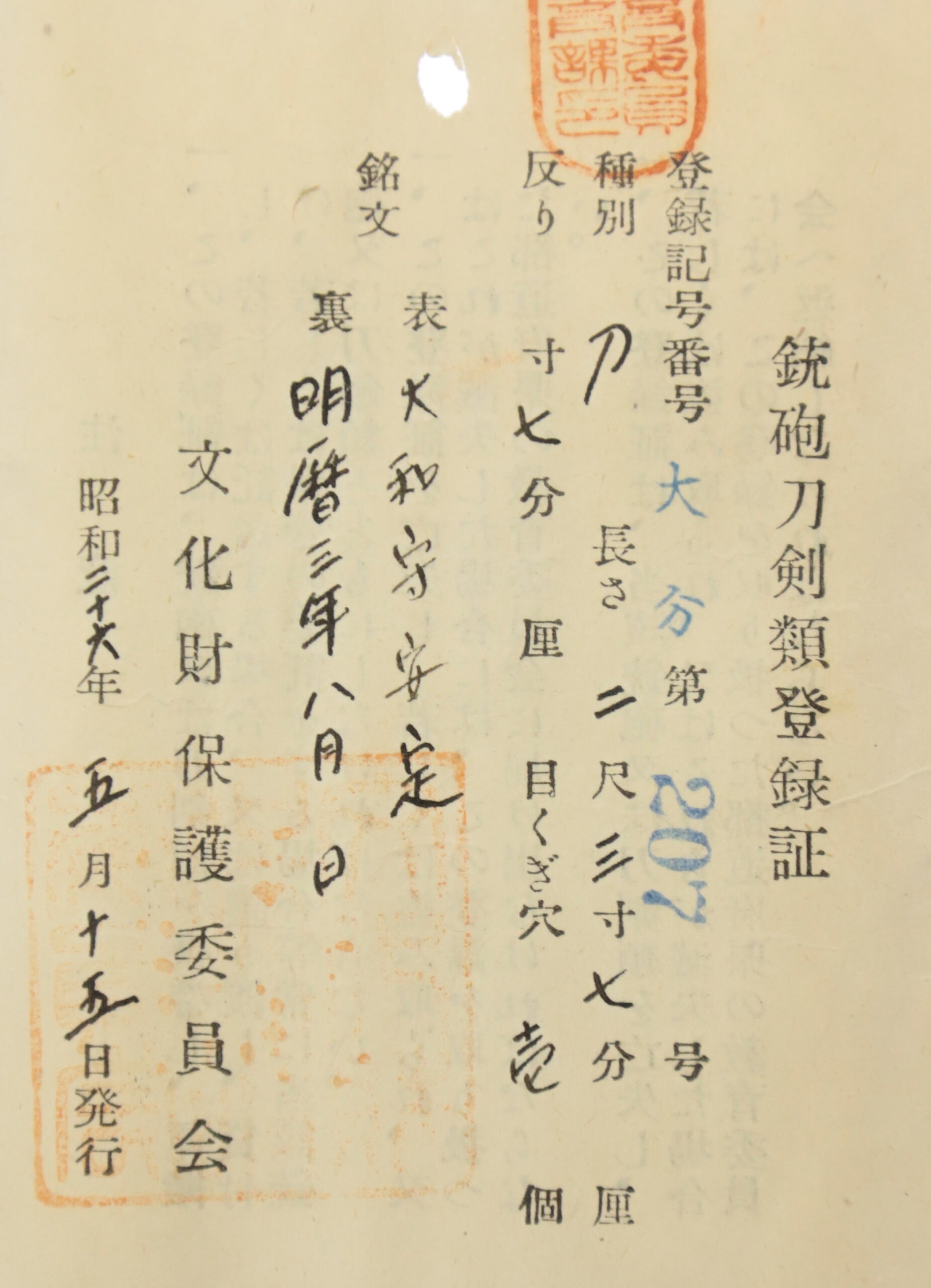

【About us】
Samurai Museum is located in Tokyo, Japan, exhibiting antique artifacts related to the Samurai history. Samurai Museum Shop is the place for those who are interested in Japanese culture and craftsmanship. We deal with antique Samurai swords/armor, traditional crafts made in Japan and so on.
【Japanese Sword& Export Process】
The Japanese swords we deal with are hand-forged edged swords made in Japan. It was made from the traditional carbon steel called TAMAHAGANE (玉鋼). Samurai Museum is familiar with the proper legal procedure for an antique / authentic Japanese sword to be exported from Japan. We have sent more than 500 Japanese swords for the past three years (~2023) to amazing owners who appreciate its historical value.
Each Japanese sword is registered under the Agency for Cultural Affairs and the Board of Education in Japan. They issue a registration paper for each Japanese sword for its owner in Japan to legally possess it. The Japanese sword with its registration paper means it was traditionally hand-forged in Japan.
To legally export the sword from Japan to other countries, we will have to apply for its permit to the Agency for Cultural Affairs(Bunkacho) and return the original registration paper to the Board of Education. It normally takes around 2-4 weeks to receive this permit after submitting required documents. And we would like you to expect at least 1-1.5 months for your order to arrive at your given address after you ordered. For more detailed info, please click here.
It is allowed for residents in Japan to own authentic Japanese swords without a special license as long as they come with registration papers. Please feel free to contact us if you are a resident of Japan, whether temporarily or permanently. We will also assist you when you leave Japan and need to obtain an export permit. If you live in Japan, please click here before you make a purchase.
【Payment Method】
We accept payment through Stripe (Credit card), PayPal, Apple Pay or ChromePay, all of which are secure payment methods. Also, you don’t need to make an account on Stripe for the checkout. If you prefer other payment method, please contact us. After confirming your payment, we will apply for an export permit. You may either pay in JPY, USD, AUD, CAD, EUR, CHF or GBP. The price is set in Japanese Yen. Prices in other currencies are automatically calculated based on the latest exchange rate.

*If the amount is above 1 million JPY, Stripe or wire transfer will be the only options for payment.
【Shipping】
We have shipped authentic Japanese swords to the USA, UK, Canada, Mexico, Germany, France, Hong Kong and Australia. If you don’t live in these countries and like to order, please contact us first before making a purchase. We offer Free International Shipping as long as we can send antique Japanese swords by EMS.
We normally ship by EMS (Express Mail Service) provided by Japan Post. We will send you a tracking number for your order as soon as we hand it to the post office. We will put 100 % insurance on the shipping document without any extra charge. Based on the total amount, there might be a duty tax or other fee for you to pay, depending on the countries. We use package cushioning to protect the item and put it in a PVC pipe, which is one of the most secure packages because of its durability.
It will normally takes 5-14 days for the item to arrive at your given address after we dispatch it. Time of delivery is estimated as accurately as possible by the carrier but does not take into account any delays beyond our control such as by inclement weather, post office holiday seasons.
*If you live in Australia and like to purchase an authentic Japanese sword, please click here to know the detail.
*Please keep in mind that due to the spread of COVID-19, there might be delays in shipping. If you like to know the detail about shipping, please feel free to ask us.

【Review】
Here is one of the reviews we received from a customer who purchased an authentic Japanese sword from us. For more reviews, please click here.
“My experience overall with the whole process was wonderful. I had many questions about the history and process to purchase these treasures. All my questions were answered very timely and complete. The staff is very knowledgeable and very well versed if any questions do arise.”
【How to make sure the condition】
Please keep in mind that what you are going to purchase is an antique item. We uploaded high resolution photos for you to check its condition thoroughly. If you like to see more photos with different angles, please feel free to contact us. We will be happy to send them to you so that you can make informed decision. It is essential for us to know that you are happy with your choice of a sword. and we are prepared to use the best of our ability to serve you.
【How To Contact Us】
Please contact us through email, Facebook Messenger or Live Chat if you have any questions. You can find each icon on the right side of the website. Please click one of them to reach us. We will reply to you within 1-2 business days.
【The Art of Nihonto (Japanese Sword)】
Samurai’s history is a profound, eloquent legacy of ancient Japanese warriors in which millions of people worldwide are being fascinated. If you like to find out the art of Nihonto, please click here.
【A Guide to Japanese Sword Maintenance】
After acquiring an genuine Japanese sword, it is also important to know how to take good care of it. Here is the special video for you. Mr. Paul Martin, Japanese sword expert, shows you how to give proper maintenance to your sword. By mastering how to clean the Japanese sword, its aesthetic beauty will last forever.
When you purchase a Japanese sword from us, you can get a Free Japanese sword maintenance kit. It comes with four tools (Choji Oil, Uchiko Whetstone Powder, Peg remover, Oil Applicator). By watching the video instruction above, you can enjoy learning how to maintain your Japanese sword while appreciating it. If you have any difficulty assembling the sword or cleaning the blade, you can feel free to contact us.


MORE ANTIQUE JAPANESE SWORD FOR SALE
SWORDS WITHOUT CERTIFICATES FOR SALE
LEARN JAPANESE SWORD TERMINOLOGY
Thank you for reading all the information on the page. If you have any difficulty choosing the right Japanese sword for you, we will be more than happy to help you find the one that speaks to you the most. Please feel free to contact us.
